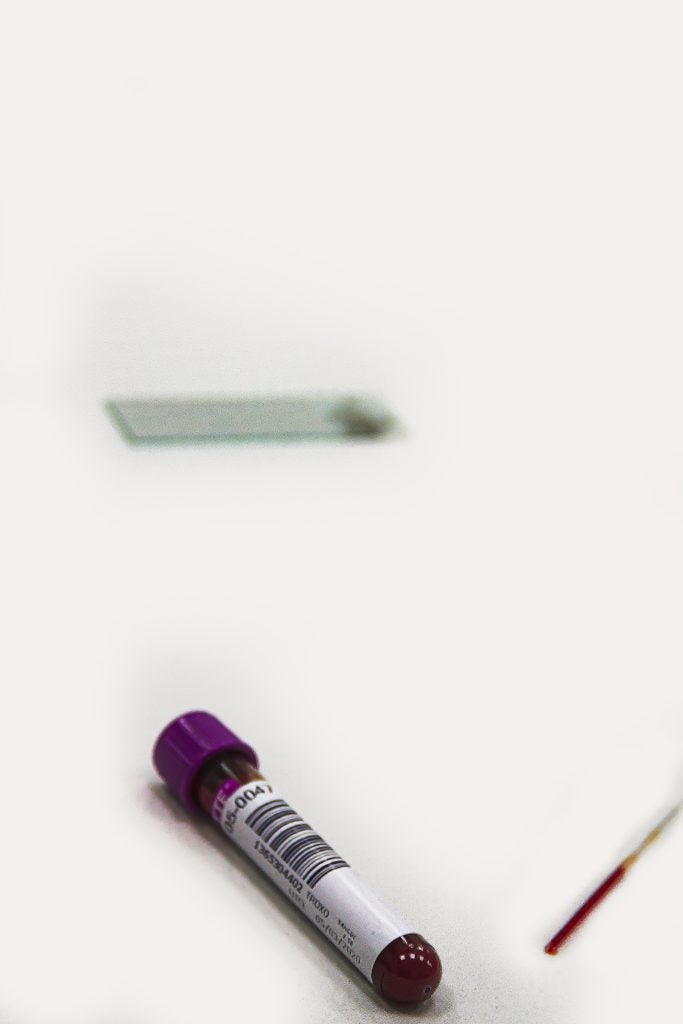
Questions surrounding paternity during pregnancy are common, and knowing the answer to who a child’s biological parents are is important for that child’s future. Throughout time, there has been a significant issue regarding a child’s paternity; maternity is easy to determine, as a woman who gives birth to a child knows it is her’s. However, for fathers, it isn’t so easy. Paternity testing uses DNA profiling (or genetic fingerprinting) to establish if an individual is a biological parent of the child or not.
There are a few different types of paternity tests, and they can differ in price, accuracy, safety, as well as when they can be done. In some situations, paternity needs to be established prior to birth, which makes tests riskier, more invasive, as well as more expensive.
Why is Paternity Important to Know?
Knowing the biological family of a child is incredibly important for many reasons.
- Knowing the biological family helps provide medical history for a child, which can help manage overall health. Parents can take preventative measures to protect their children from diseases that run in the family.1
- Establish legal and social benefits for the child, including financial support, social security, health insurance, veteran benefits, and government aid.
- Help strengthen the bond between parents and child.
- Gives the child a sense of identity by knowing who their biological parents are and where they come from.
Currently in the United States, roughly 30% of all fathers who are unsure if they are their child’s biological father are right, and around 3% of all dads are unaware that the kid they are raising isn’t their biological child.2
Postnatal Paternity Tests

Paternity tests are easier and cheaper to perform after a child is born (postnatal). There are a few ways this can be done:
- Umbilical cord sample immediately after delivery
- Cheek swab (buccal) or blood sample
After samples are collected from both the child and potential father, they are sent to laboratories to be tested.1The buccal samples are tested for DNA markers that match each other through a process called electrophoresis, which takes proteins from a person’s blood and places it into a gel, then runs electric currents through it. Different isozymes of the proteins separate from the rest of the blood in unique ways, indicating specific isozymes.3 These differences are related to the differences in the alleles of the DNA, and through this test it is possible to discover if a child and man share isozymes in their blood, indicating that they are related.3 Each child’s DNA is composed of pieces of both parents’ genetic material, creating a unique combination. This genetic material (or genome) can be compared to a potential father’s DNA to discover if there are enough similarities to establish a paternal relationship. It is easier to test a male child’s paternity because the Y chromosomes can be compared since this chromosome was passed directly from father to son.3
Blood samples are tested through a system called ABO typing, which looks for specific antigens on the blood cells that are coded by the ABO locus on human chromosome 9.3 A child inherits two alleles from their parents (one from the mother, and one from the father). ABO typing establishes if a child has a matching allele to the potential father. These tests are mostly used to exclude the possibility of a particular man being the father, and are thus less accurate than DNA tests through cheek samples.3
Postnatal tests tend to cost between $400 and $800, depending on a person’s health insurance coverage, as well as where one lives.4
Prenatal Paternity Tests

Sometimes it is necessary or desired to know a child’s paternity prior to their birth (prenatal). These tests tend to be more expensive, invasive, and carry more risks than postnatal tests. There are three options for prenatal paternity tests, including Amniocentesis, Chorionic Villus Sampling (CVS), and Non-Invasive Prenatal Paternity (NIPP).1
A doctor can perform Chorionic Villus Sampling (CVS) during the first trimester of a pregnancy (10-13 weeks and later) by guiding a thin needle or tube through the vagina and cervix to get chorionic villi, which are finger-like pieces of tissue attached to the wall of uterus.1 These villi contain the same genetic makeup as the fertilized egg, which can be tested for similarities between the baby and the potential father. CVS tests are highly accurate as the sample is taken directly from the fetus, versus from the mother’s blood.
A doctor can perform an amniocentesis during the second trimester of pregnancy (14-20 weeks) by using ultrasound imaging to guide a thin needle through the abdomen and into the uterus to draw out a small amount of amniotic fluid. This fluid is then tested to for DNA similarities. Some risks accompany this procedure, including a chance of harming/hurting the baby or causing a miscarriage. Less severe side effects include vaginal bleeding, cramping, and amniotic fluid leakage.1 amniocentesis testing is highly accurate as the sample is taken directly from the fetus.
Non-Invasive Prenatal Paternity (NIPP) is the only non-invasive prenatal test with high accuracy, and can be performed as early as seven weeks into gestation. A small amount of fetal DNA is present in the mother’s blood during pregnancy, which can be collected and tested against a sample from the potential father. These tests are around 99.9% accurate and are the safest for the baby.
Prenatal pregnancy tests are more expensive than postnatal tests because of additional doctor and hospital fees, with costs ranging from around $1000 and $2000.1
Knowing a child’s biological parents can help prevent future problems in terms of healthcare and benefits, and can help secure healthier and stronger relationships between the child and parents. However, many children are raised by one parent, adopted parents, or by other family and friends and have fulfilling, happy lives.
References
- American Pregnancy Association. Paternity Testing. July 2015. Web
- Rosenthal, Jared. Health Street. Facts About Paternity. January 28, 2015. Web.
- Adams, Jill. Scitable by Nature Education. Paternity Testing: Blood Types and DNA. 2008. Web.
- Cost Helper Health. Paternity Test Cost. Web.
Last Updated: 28 October 2015.
